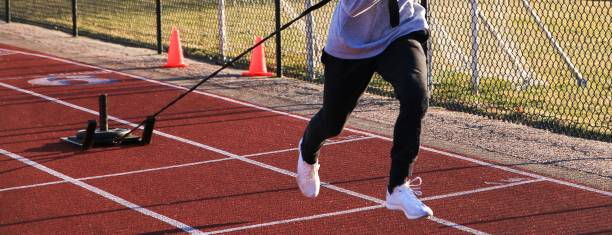Did you know that the breathing exercise machine market is estimated to be $44.0 billion by 2029? This shows the growing importance of respiratory health, especially for the elderly.
In elderly care, maintaining mental clarity, emotional well-being, and physical health is essential. As we age, stress management becomes more difficult, but breathing exercises can help. These exercises are a simple way to reduce stress and boost wellness.
In this article, we'll explore breathing exercises designed to support senior wellness. Continue reading to learn more.
Diaphragmatic breathing helps promote full oxygen exchange, encouraging deeper, more effective breaths. For seniors, this technique can reduce stress and enhance mood. It focuses on the abdomen rising, not the chest, for a deep, relaxing breath.
Ask the senior to sit or lie down with one hand on their chest and the other on their abdomen. They should breathe through their nose, letting the abdomen rise while keeping the chest still. Repeating this for five to ten minutes will help them feel relaxed and improve their mood.
The 4-7-8 technique is ideal for seniors who struggle with sleep. It slows the heart rate and promotes relaxation, helping them drift off more easily. By inhaling for four counts, holding for seven, and exhaling for eight, this method calms the body and mind.
For the best results, practice this technique twice a day. It can help reduce anxiety and prepare the body for sleep. Doing it in a quiet space will create a calm atmosphere, ideal for bedtime or stressful moments.
Box breathing is a simple yet effective way to improve mental focus. It follows a four-count pattern: inhale for four, hold for four, exhale for four, and hold again for four. This technique helps reduce anxiety and calms the nervous system.
Ask seniors to visualize a box while practicing this exercise. With time, it can sharpen their concentration and help with cognitive tasks. It's a great way to promote senior wellness through deep breathing.
Alternate nostril breathing helps balance energy and promotes calmness. This ancient technique clears the mind and improves mood. It's particularly helpful for seniors to reduce stress and improve concentration.
To practice, seniors should sit and close the right nostril with their thumb. They inhale through the left nostril, then switch and exhale through the right nostril. Repeating this for five to ten cycles can provide a calming effect.
Pursed lip breathing is effective for seniors with respiratory challenges. It slows the breathing process and improves lung function. This technique is especially helpful for shortness of breath or anxiety.
To perform the exercise, instruct the senior to inhale through the nose for two counts. Then, they should purse their lips and exhale slowly for four counts. Regular practice helps strengthen lung capacity and keeps the airways open longer.
Breathing exercises offer valuable benefits for seniors' physical and emotional well-being. Techniques like diaphragmatic and mindful breathing help reduce stress and improve mood. These exercises are essential tools for caregivers in supporting senior health.
Incorporating these practices into daily routines can promote relaxation and calm. Caregivers can use breathing exercises to help seniors feel more at ease. This simple approach can improve well-being and enhance quality of life.
If you'd like to learn more, check out more articles on our blog.




Want to add a comment?